- Employ the diagnostic approach to assessing difficult prostate needle biopsy specimen.
- Explain the nomenclature and diagnostic approach to flat and papillary lesions of the urinary bladder.
- Describe the newest classification of renal tumors.
- Understand and apply the International Society of Urologic Pathology WHO Gleason grading guidelines for prostate cancer.
- Be aware of and be able to diagnose newly recognized tumors of the kidney.
- Describe the importance of key pathologic parameters in the management of patients with T1 bladder cancer.
- Discuss the importance of key pathologic parameters in the management of patients with T1 bladder cancer.
TOPICS
Session 1
A Contemporary Approach to Prostate Pathology
Michelle S. Hirsch, M.D., Ph.D.
Updates in Renal Epithelial Neoplasia
Michelle S. Hirsch, M.D., Ph.D.
Session 2
A Practical Approach to the Use of Biomarkers in Genitourinary Pathology
Michelle S. Hirsch, M.D., Ph.D.
Diagnostic Approach to Difficult Prostate Needle Biopsies
Ming Zhou, M.D., Ph.D.
Session 3
Diagnostic Approach to Flat and Papillary Urothelial Lesion
Ming Zhou, M.D., Ph.D.
Pattern Based Approach to Diagnosis and Classification of Renal Tumors
Ming Zhou, M.D., Ph.D.
The Critical Role of the Pathologist in the Management of Bladder Cancer
David J. Grignon, M.D., FRCP(C)
Session 4
Reporting of Prostate Cancer in Needle Biopsy Specimens: Gleason Grading and More
David J. Grignon, M.D., FRCP(C)
The 2016 WHO Classification of Kidney Tumors: New Entities and Diagnostic Challenges
David J. Grignon, M.D., FRCP(C)
Release Date: 01/01/19




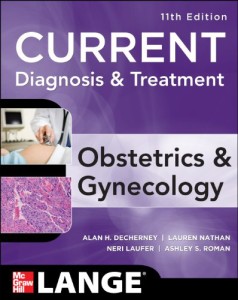
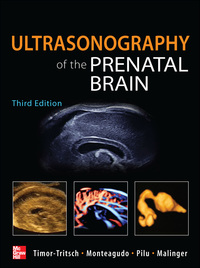
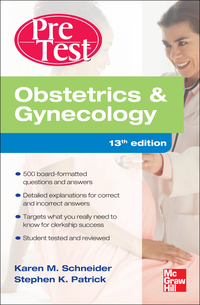
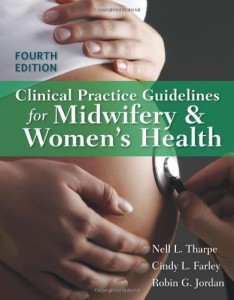
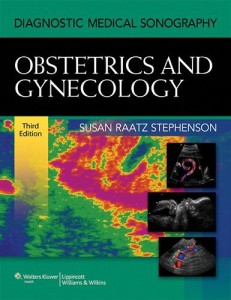

Reviews
There are no reviews yet.